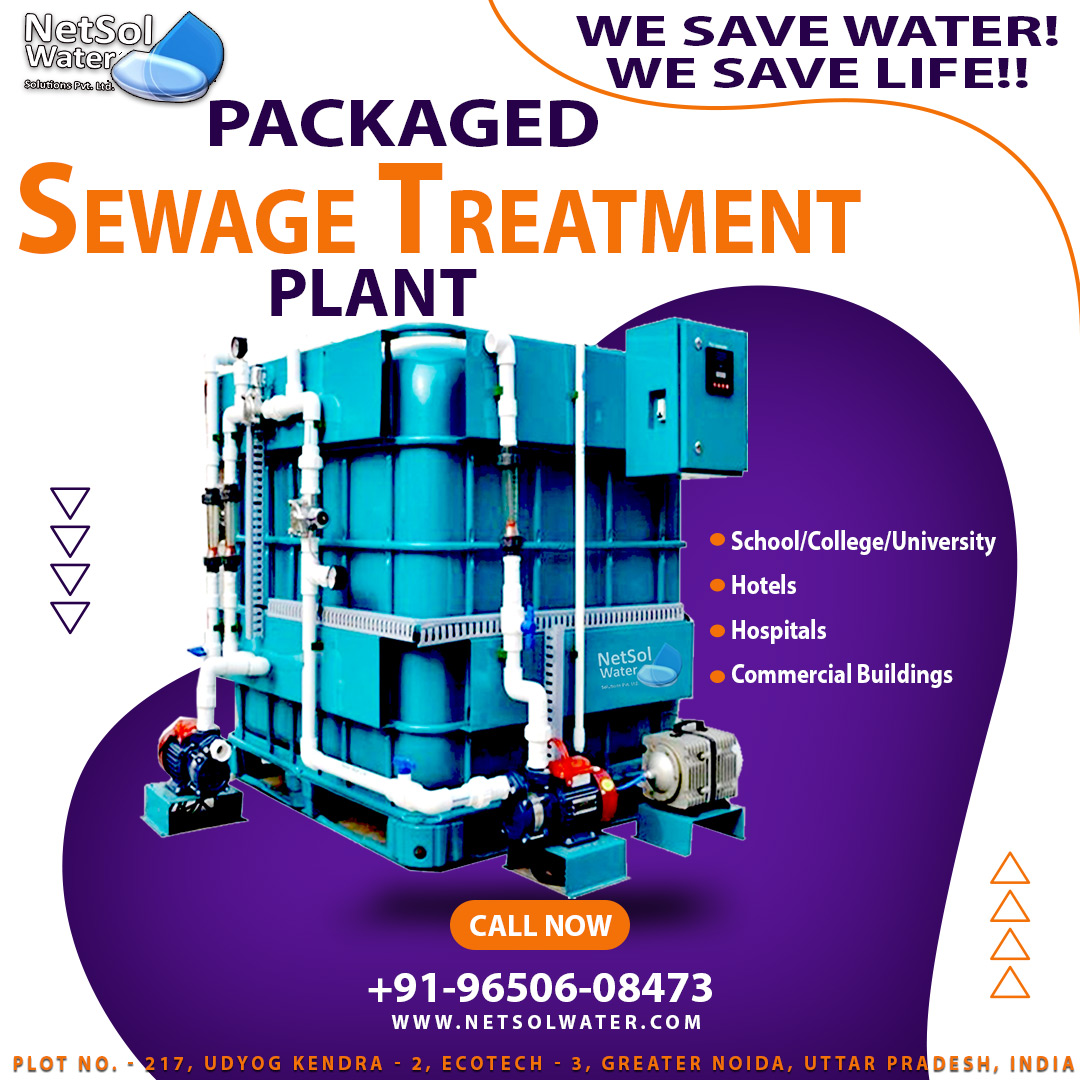What is Aeration in Waste Water treatment?
The technique of adding air to wastewater to allow aerobic bio-degradation of harmful components is known as wastewater aeration. Most biological wastewater treatment systems include it as a component. Biological treatment, as opposed to chemical treatment, which employs chemicals to react with and stabilise toxins in the wastewater stream, uses microorganisms that naturally reside in wastewater to decompose wastewater contaminants.
Air is cycled through, combined with, or dissolved in a liquid or substance during aeration. We can also define aeration as, the process of bringing water and air together to remove dissolved gases and oxidise dissolved metals such as iron, hydrogen sulphide, and volatile organic compounds (VOCs).
This process happens in the secondary treatment procedures of activated sludge treatment in wastewater treatment plants, and is often the first significant process at a drinking water treatment plant. An aeration system with an appropriately distributed oxygen supply is critical for optimal wastewater treatment and microbiological development.
When is it necessary to use aeration?
Aeration is an element of the secondary treatment process in municipal and industrial wastewater treatment. In secondary treatment, activated sludge is the most prevalent method. Pumping air into a tank, which promotes microbial growth in the wastewater, is the basis of aeration in an activated sludge process. The microorganisms feed on the organic material and create flocks that are easy to separate. The bacteria that produce the "active sludge" flocks are continually recirculated back to the aeration basin after settling in a separate settling tank to speed up decomposition.
How does the process of Aeration work?
Bacteria need oxygen to clean and stabilise wastewater, thus aeration helps. The bacteria require oxygen to allow biodegradation to take place. Bacteria in the wastewater use the oxygen to break down carbon-containing organic debris, producing carbon dioxide and water. Bacteria can't biodegrade incoming organic stuff in a suitable amount of time if there isn't enough oxygen.
In the lack of dissolved oxygen, degradation must take place in septic conditions, which are sluggish, smelly, and result in incomplete pollutant transformations. Some biological processes convert hydrogen and sulphur to generate hydrogen sulphide and carbon to methane under septic conditions. Other carbon will be transformed to organic acids, which will lower the pH of the water in the basin, making it more difficult to treat and encouraging smell development. Organic matter biodegradation in the absence of oxygen is a very slow process.
Aeration Methods involves:
1. Fine Bubble Diffusers
Submersible aeration systems for wastewater treatment using fine bubble diffusers are energy efficient. According to Environmental Dynamics International, fine bubble diffuser systems distribute the diffused gas volume to transfer a same amount of oxygen as a coarse bubble system. Thin bubble technology is a type of subsurface aeration that uses very fine bubbles to inject air into water. Thousands of fine bubbles aid in the transfer of oxygen to water, ensuring maximum air-water interaction.
2. Coarse Bubble Diffusers
Coarse bubble diffusers provide a bigger diameter of bubble in order to effectively displace, churn, and mix effluent.Fine holes produce bubbles with a diameter of 0-3 millimetres, whereas coarse bubble diffusers produce bubbles with a diameter of 3-50 millimetres.Conventional aeration, heavily loaded systems, sludge storage, aerobic digesters, and channels all benefit from coarse bubble aeration.
3. Aeration of the Surface
Surface aeration works best in shallow water or when a high volume of oxygen is required quickly. Splashing type surface aerators, generate increased surface area for gas exchange, which can add a lot of oxygen to the water.
For more information on aeration, contact Netsol water.




